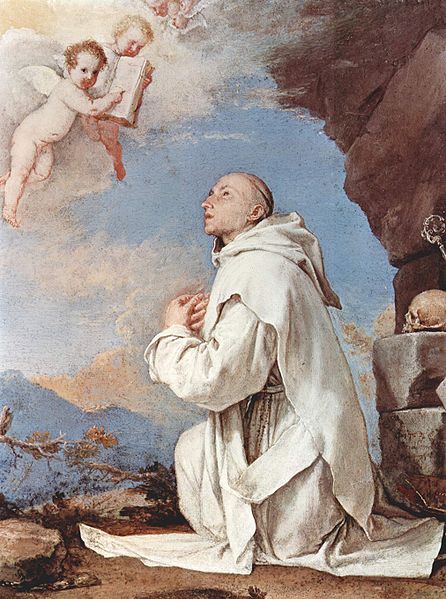The Holy Family with a Bird, Murillo, painted 1650.
I was in our parish church in Dublin this afternoon praying when I saw a young man of about 19 come in, kneel in the front pew for a couple of minutess, light a candle in front of the latar of the Blessed Virgin and then leave. I was thinking that it was a hopeful sign to see a young person do this. Indeed, yesterday at Sunday Mass, while the congregation at the Mass at 11am wasn't great, there were some young people present.
A few minutes latr thee young man came, approached me and told me his dog was sick. I wouldn't describe him as distressed but he was upset. I asked hiim how old his dog was and he said 'three'. He also gave me the dog's name, 'Sam'. I asked him if he had taken Sam to the vet. 'He's with him right now', he told me.
I mentioned two saints to the young man, whose name I asked but won't mention here, who had the gift of healing animals, St Francis and St Martin de Porres. (I'm not certain that St Francis actually healed them but many churches bless pets on his feast day). The young man was happy with this and went off. I prayed of him and for little Sam.
St Martin de Porres is sometimes depicted with a broom, a dog, cat, mouse and bird at his feet. He had the gift of healing persons and their animals, as the picture above suggests. (If the picture disappears click on the link. I'm not sure whether or not it's copyright but the link brings you to the source).Probably health authorities today in the West would be horrified to see animals outside a hospital ward!
Nativity with St Francis and St Lawrence, Caravaggio, painted 1609
Jesus, God who created animals, was born among some of them when he became Man. He gave them to us for different purposes, some of which aren't clear to me, eg, what are rats for? The Catechism of the Catholic Church, No 2416, reads: Animals are God's creatures. He surrounds them with his providential care. By their mere existence they bless him and give him glory. Thus men owe them kindness. We should recall the gentleness with which saints like St. Francis of Assisi or St. Philip Neri treated animals.
It also reminds us in No 2418, It is contrary to human dignity to cause animals to suffer or die needlessly. It is likewise unworthy to spend money on them that should as a priority go to the relief of human misery. One can love animals; one should not direct to them the affection due only to persons.
I don't think the young man I met this afternoon in our parish church was giving little Sam the affection due only to persons, but was showing proper respect for one of God's creatures for which he had taken responsibility. I hope that Sam recovers and continues for many years to 'bless God and give him glory' and that his young owner will come to know the same God's infinite love for him as one made in God's image and likeness.
Statue of St Roch (San Roque) in Prague
I forgot to tell the young man about San Roque ['ROkay'], one of the most popular saints in the Philippines, who was nursed back to health by a dog after he had caught the plague. I remember once celebrating Mass during the novena in preparation for the feast of San Roque in the section of Cebu City where I was based at the time. All during the Mass a black cat sat quietly at my feet. At the end I said, 'San Roque has his dog and I have my cat!' Maybe St Martin de Porres was quietly present too
















.jpg)

